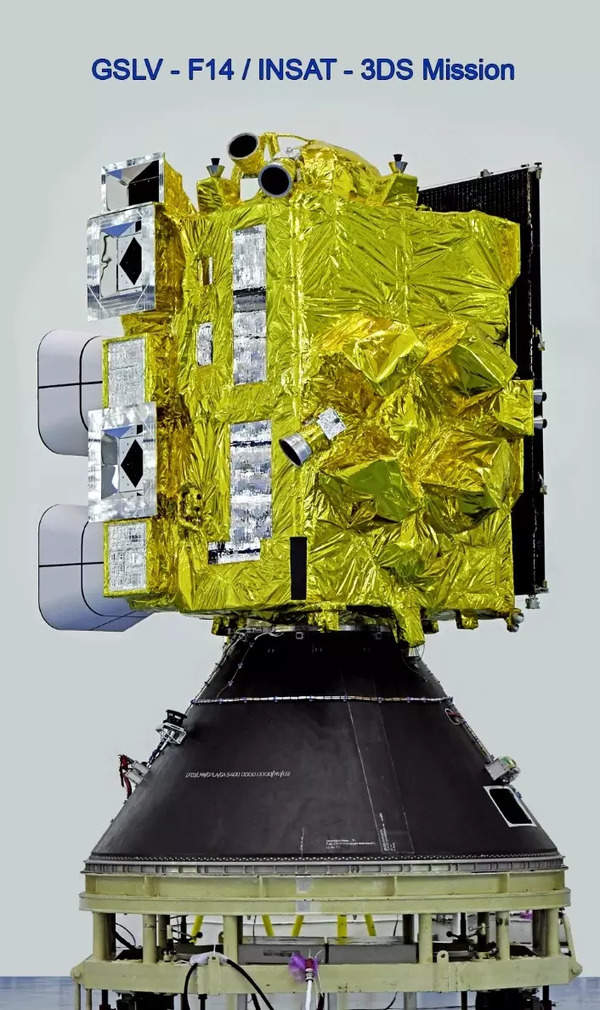[ad_1]
Fully funded by the ministry of earth sciences (MoES), the INSAT-3DS satellite is a follow-on mission of a third-generation meteorological satellite to be placed in the geostationary orbit.
The satellite will augment meteorological services along with the currently-operational INSAT-3D and INSAT-3DR satellites, Isro said, stating that Indian industries have significantly contributed to the making of the satellite. These will be achieved through the satellite’s payloads such as six channel imager, 19 channel sounder, data relay transponder (DRT), and satellite aided search & rescue transponder (SAS&R).
According to Isro, the primary objectives of the mission are to monitor the Earth’s surface; carry out oceanic observations and its environment in various spectral channels of meteorological importance; to provide vertical profile of various meteorological parameters of the atmosphere; to provide data collection and data dissemination capabilities from the data collection platforms (DCPs); and to provide satellite aided search and rescue services.

Many departments of the MoES such as the India Meteorology Department (IMD), National Centre for Medium-Range Weather Forecasting (NCMRWF), Indian Institute of Tropical Meteorology (IITM), National Institute of Ocean Technology (NIOT), and Indian National Center for Ocean Information Services (INCOIS) and other agencies and institutes will be using the INSAT-3DS satellite data to provide improved weather forecasts and meteorological services.
In its 16th mission, the GSLV aims to deploy the satellite into Geosynchronous Transfer Orbit (GTO). Subsequent orbit-raising manoeuvres will ensure that the satellite is positioned in a geostationary orbit, the space agency said.
GSLV, which is a three-stage, 51.7 m long vehicle with a liftoff mass of 420 tonne, can be used to launch a variety of spacecraft capable of performing earth resource surveys, communications, navigation, and any other proprietary missions.
[ad_2]
Source link

